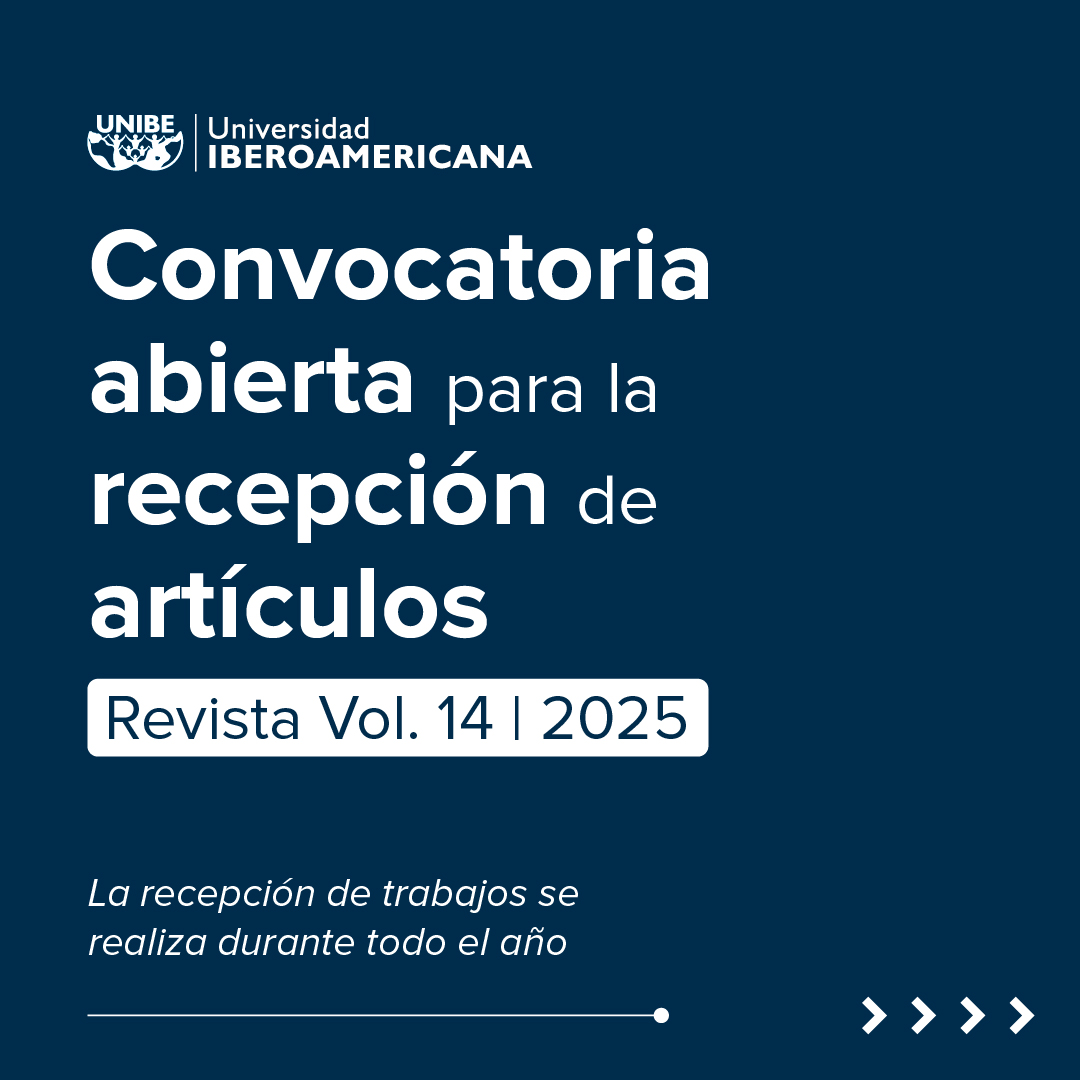Illiteracy in Paraguay
DOI:
https://doi.org/10.26885/rcei.8.1.50Keywords:
illiteracy, education, poverty, incomeAbstract
The aim of this paper is to analyze the variable “Can you read and write? captured in the Permanent Household Survey of 2017 to quantify and characterize the illiterate population in Paraguay. The research is of the descriptive type where the analysis is made from the crossing of the variable, “Can you read and write?” With indicators of poverty and demographic variables. The results obtained show that the indicator is relevant when the population of 15 years and older is classified, since there is a large percentage of this population that finds it very difficult to enter the labor market. It also shows that women represent 56.4% of this population and that the group of people aged 30 to 64 years in conditions of illiteracy in rural areas, doubles their peers in the urban area. When analyzing the variables considering the poverty status, the illiterate population of 15 years or more, represented by 57.6% are not poor; around 201,400 people have a labor income with a salary that is less than the minimum wage.
Downloads
References
Arias, C. (2013). Pobreza en Paraguay: Contribución de la educación media en el acceso a las oportunidades para superar la pobreza (Tesis de Maestría). Universidad Nacional de Asunción, Paraguay.
CEPAL (2009). Impacto social y económico del analfabetismo: modelo de análisis y estudio piloto. Santigo de Chile: CEPAL.
DGEEC. Dirección General de Estadística, Encuestas y Censos. (2017). Encuesta Permanente de Hogares 2017. Fernando de la Mora: 2017.
DGEEC. Dirección General de Estadística, Encuestas y Censos. (2016). Aprovechar ahora la juventud. Un análisis del bono demográfico de Paraguay. Fernando de la Mora: 2016.
DGEEC. Dirección General de Estadística, Encuestas y Censos. (2016). Principales Resultados de Pobreza y Distribución del Ingreso. Encuesta Permanente de Hogares 2017. Fernando de la Mora: 2017.
Goicovic, I. (2002). Educación, deserción escolar e integración laboral juvenil, Última década. Valparaíso, Chile: CIDPA.
Infante, I. (2000). Alfabetismo funcional en siete países de América Latina. Santiago: UNESCO.
Infante, I., & Letelier, M. (2013). Alfabetización y Educación. Lecciones desde la práctica innovadora en América Latina y el Caribe. Santiago: UNESCO.
Paraguay. Ley Nº 1.264/98. General de Educación.
Paraguay. Ley Nº 4.088/10. Que establece la gratuidad y obligatoriedad de la Educación Inicial y Media.
Misiego, P., Aquino, B., & Spinzi, C. (2014). Programas para la primera infancia: Un área clave de intervención para disminuir las brechas sociales en Paraguay. Asunción, Instituto Desarrollo.
Moliner, L. (2017). El derecho a la educación y el gasto público en Paraguay. Asunción: SERPAJ
Rivero, P., Elías, R., Pacheco, C., Misiego, P., & Briet, N. (2013). Evaluación Final. Programa de Educación Básica Bilingüe y Media PRODEPA KO’E PYAHU. Asunción: Instituto Desarrollo.
Riveros (2005). Chile en la Tarea de Medir las Brechas de Desigualdad. Seminario Internacional, Instituto Nacional de Estadísticas (INE). Santiago de Chile.
UNESCO. (2006). Why literacy matters. In UNESCO (Ed.), Education for all. Literacy for life (pp. 135- 145). Paris: Unesco Publishing.
UNESCO. (2013). Educación para todos – Enseñanza y aprendizaje: Lograr la calidad para todos.
Zarza, D., Briet, N., Gaona, O., &Barrios, F. (2014). Evaluación y monitoreo del alfabetismo en Paraguay, algunos resultados del LAMP. Revista Paraguaya de Educación, 4, 37 – 56.













